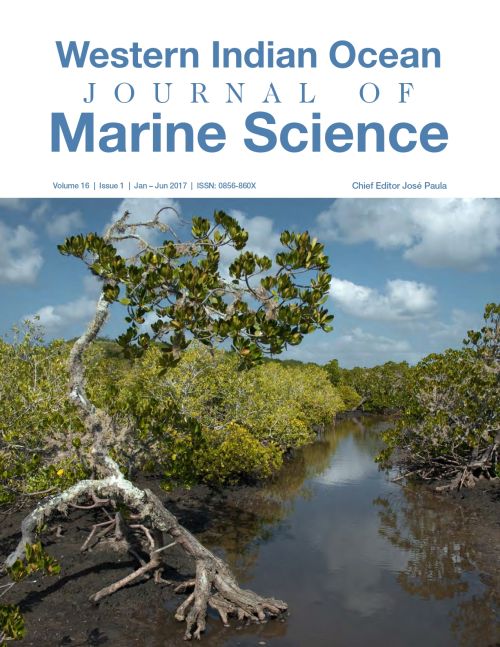Main Article Content
Status of the mud crab fishery in Kenya: A review
Abstract
Most indigenous coastal populations (70%) have a high dependency on, and preference for, marine fisheries. However, most fishers are financially handicapped and thus do not invest in the fisheries that require relatively high financial capital (to purchase fishing gears and vessels). A higher proportion of fishers depend on near shore fisheries that are easily accessed by foot or dugout canoes. In Kenya, mud crabs are fished mainly by men and to a lesser extent by women and children due to the accessibility of the fishing areas by foot. This makes mud crabs a key fishery that is easily accessible for exploitation by most coastal artisanal fishers for subsistence and commercial purposes. Mud crabs have been a delicacy in the local tourist hotels for a number of years. In addition, the previously minimal export market for mud crabs from Kenya has increased drastically over the last two decades. The requirement for wild mud crab seed in aquaculture has also increased over the last decade. The demand for all sizes of mud crab to meet the requirements of the different market chains in Kenya require effective management approaches to guide exploitation of the fishery. The development of Beach Management Units (BMUs) as outlined in the National Oceans and Fisheries Policy of 2008 and the Fisheries Management and Development Act of 2016, if well implemented, enhance management of the fishery. Further, adoption of the new Constitution (2010) and establishment of county and national governments calls for harmonization of roles to address localised management issues such as for the mud crab fishery, that is currently declining in small mangrove creeks.






